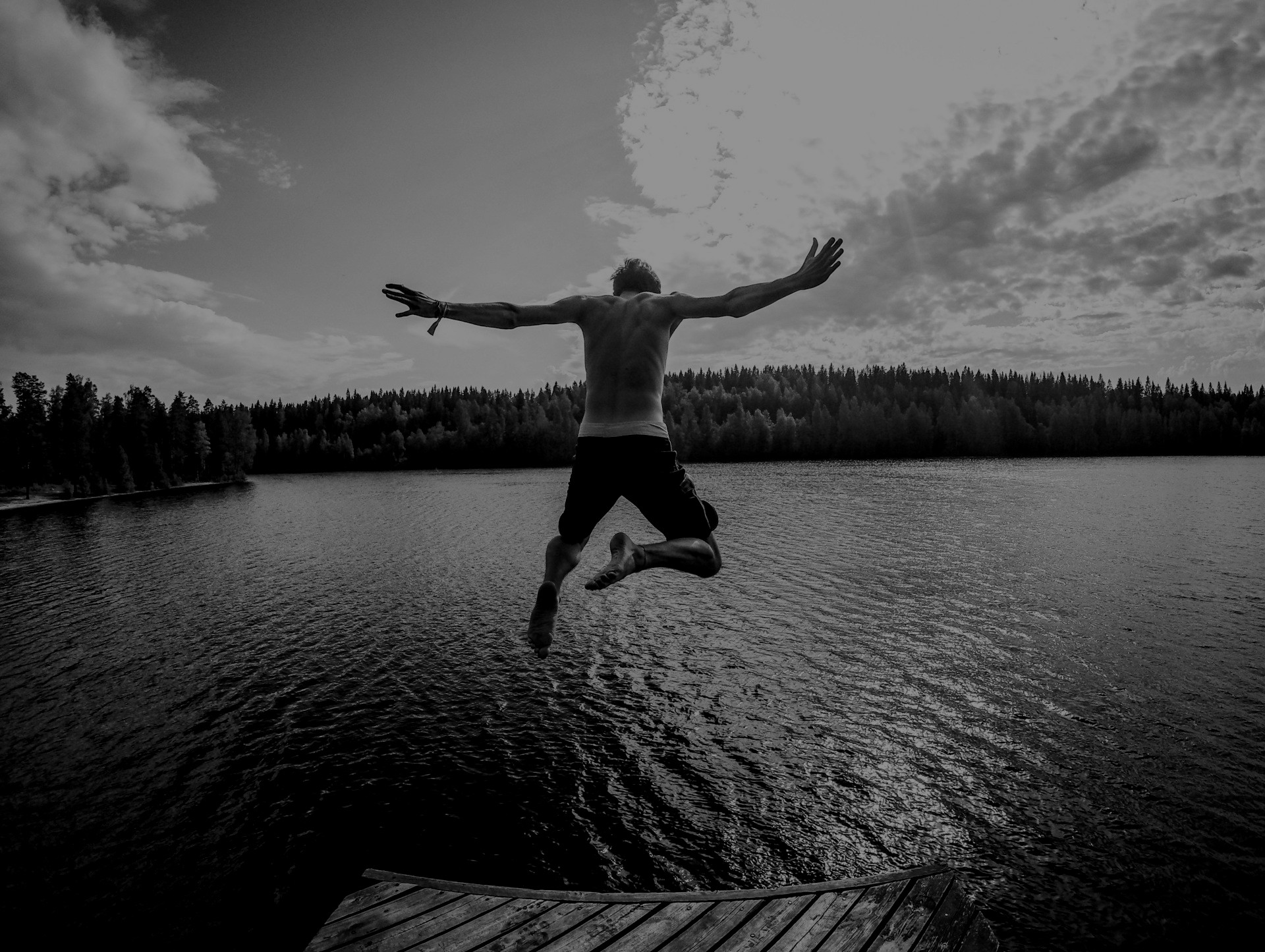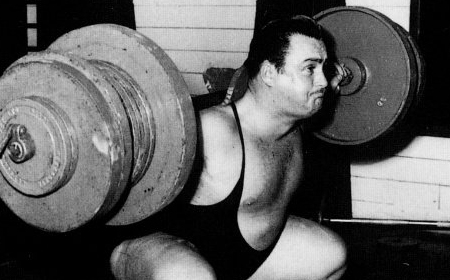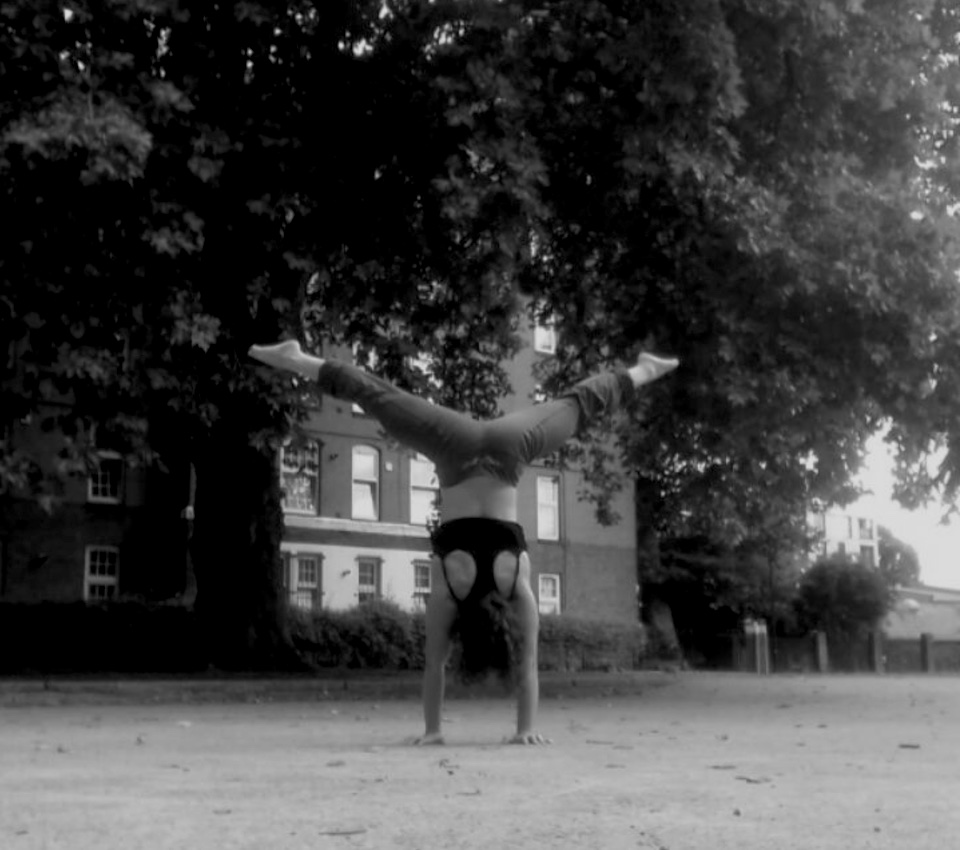
How Long Should You Stick To A Programme?
It’s easy for us to focus our attention on the “work” in the workout - the vein pumping effort, the sweat-drenched final reps, and the PAINZ of making GAINZ. We’ve all seen the marketing tactics and fitness gimmicks showing us how to get “shredded” or “6-pack abs” in some absurd time frame. The before and after pictures may be convincing, but often these images are fabricated and fake. These “fitness programmes” are scams that abuse the general public’s ignorance on the subject of health and fitness, despite countless studies that have proven that fitness isn’t an “overnight” sensation.

Team Steam - Sport of Fitness: The maximum weights method - Part 1
The Advanced 5x5 Method: This is one of the more classic and most effective methods of strength and muscle development. It was popularised in the 50s and 60s by British bodybuilder Reg Park. Park won the Mr Britan in 1949. In the 70s the Advanced 5x5 Method was heavily promoted by former elite weightlifter and strength coach Bill Starr in the book Strongest Shall Survive. Here is an example of how your workouts should go.

The courage to take advice
Advice is a funny old thing, many of us are happy to give it, not so many of us like to act upon it. There are those of us who overindulge on advice-receiving; somehow, they are rewarded by the process of reviving advice, but they also feel they need more before even considering acting on any of it. Rather than following good advice and work towards their goals, they make the act of receiving advice the goal. But when did validation produce results? At some point in time, we all need to start putting the advice into action to be successful.

TSTM Sport of Fintess: Olympic and Modified Hepburn Block
Testing week is coming to an end, and we should all now have some solid numbers to work from. Our next block, starting 16th September 2017, is going to be heavy, with the aim of making you all as "strong as fuck.” Yes, that is a real measurement. We will also start to focus a lot more attention towards the Clean and Jerk, and the Snatch over the next 12 weeks.

On training frequency
Many of the people who come to me for a consultation or physical assessment lament being stuck in a plateau in their training. They use the the gerund "plateauing" as an action, when it is in reality a lack of action: it's going nowhere.
There are usually three causes to the lack of progress: a monotonous or unsuitable programme, undertraining and overtraining. Our role as coaches is not only to ensure programmes change often enough to continually generate adaptation, but especially to understand the individual we're coaching and manipulate frequency of training to obtain optimal results.

Handstand Accumulation: Be Smart, Be Patient
Do you want to be good at handstand? Let me give you some basic advice, learning to handstand should not start with handstands! Far too often we see “newbies” trying to kick-up to handstand with little or no awareness of alignment or how to control a handstand. It’s often these people who also start to comment on how painful their wrists are when training handstands. Hopefully, this article will offer some useful advice on where to start your handstand training and how to prepare your wrists and shoulders for handstand training. This post will focus more on the control of handstand and building strength, endurance and mobility in the wrists and shoulders. Handstands also require an understanding of body alignment, but that for another post.

Get a Grip: Part 2 - Specific Grip Training
Grip strength can often be the limiting factor in the Olympic lifting, deadlift, muscle-ups, max numbers of pull-ups, or even your back squats and handstands. In part one of this post we talked about the importance of the pinky finger, in this post we will take a look at some different ways to test and train grip strength.

Get a Grip: Part 1 - The power of the Pinky Finger
Have you ever stopped to consider the importance of grip strength? Barbells, kettlebells, dumbbells, the pull-up bar and gymnastics ring. When using any of these pieces of equipment, it’s your grip strength that’s typically one of the first things to fatigue.
Lots of coaches, quite rightly, place a great deal of attention on the feet and the posture of an athlete, yet our hands are just as important. Poor grip strength and function will lead to poor positioning, medial elbow pain, injuries, and obviously a decrease in overall performance. Grip strength can actually help improve muscle activation in the deadlift, bench press and even the squat. Knuckle placement, the supinated, pronated, semi-supinated, Olympic lifting hook grip, gymnastics hook grip, false-grip, and wrist mobility are all important elements that coaches should understand and talk about.

Building strong & stable shoulders
Place a cannon in a canoe and put both into the water. Then fire, and... what happens? KABOOM! Id’ bet money on the cannon ball not going far. Why? Because the canoe has a poor base of stability for maximal force production to be generated. Chances are, the canoe will capsize or be blown to pieces.
Would you really try to fire a cannon from a canoe?
Hardly. So why keep pushing your body in training to go to places (KBOOM!) that your shoulders just aren’t strong enough to survive unscathed? Many athletes focus on building the primary moves (for the purposes of my analogy, let’s think of those as big cannons), yet fail to understand the importance of building a bigger canoe (ie. strengthening the stabilisation muscles in the shoulder). It’s typically here that the shoulder gets injured, or you start experiencing pain in the elbows or wrists joints because it’s all linked together in the chain.

On sustainability
I'm going to get straight to the point I was going to make at the end: sustainability is a lifestyle. It's not about embracing a diet, a training programme or a mindset for a month. It's about making a choice to be healthy to approach the future with energy and vitality, making small manageable adjustments in the right direction. We are not going to stop global warming in one day. One day is not enough, nor is a year, nor ten: sustainability for the environment implies consistency of effort. We are not different. It's about the habit of making better daily choices, not about being seeking perfection and giving up on it blaming unattainability. Perfection is not sustainable, it doesn't fit our lifestyle. Managing stress for mental serenity, eating thoughtfully, moving playfully and sleeping deeply are all factors that can add to our base of health to improve all aspects of life.
